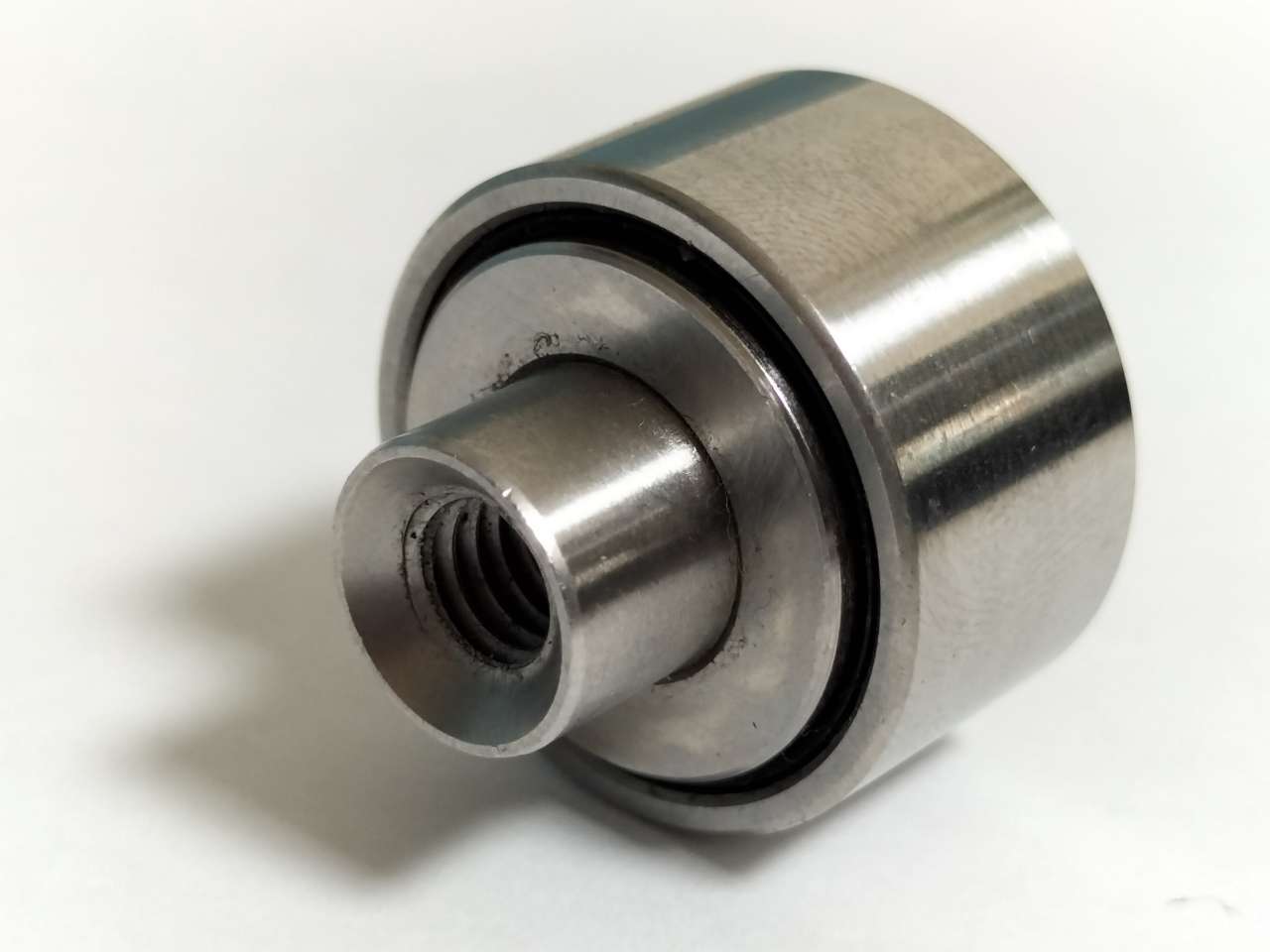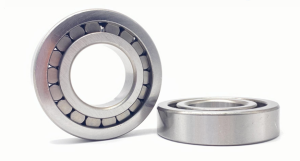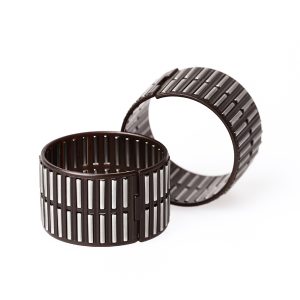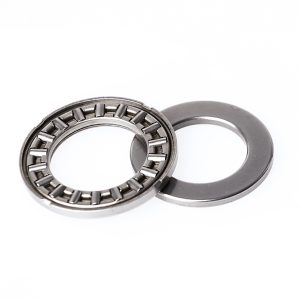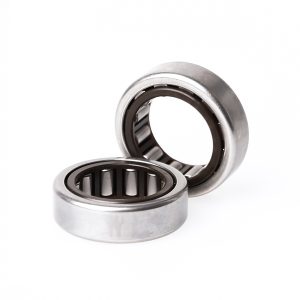Bearings are a fundamental part of manufacturing, as they help move parts smoothly and eliminate friction. They are used in machinery worldwide, and a single failure can disrupt a production line. As a result, it’s crucial for plant personnel to know what a bearing is and how it works.
Another important factor in choosing a bearing is the type of assembly it’s going to be in. For instance, if the bearing is going to be a rotating hub, you’ll need one that can support that much weight. In addition, a bearing’s rigidity and precision must be considered before it’s used.
What Are the Different Types of Bearings?
There are several different types of bearings. These include Thrust ball bearings, Spherical roller bearings, Magnetic bearings, and Rod end bearings. These are all used for different applications. Let’s take a look at these different types of bearings and how they work.
- Rod end bearings
Rod end bearings are used in a variety of industrial applications. They are available in a range of standard bore sizes, and a number of options are available for different lubricants and materials. Rod end bearings are commonly found in aircraft pulleys, torque tubes, and other similar applications. They are available in metric and imperial sizes and meet the MIL-B-6039 standard.
These bearings are self-lubricating and are widely used in machines and other mechanical devices. They are used in controlling and linking mechanisms and are particularly suitable for low-speed, high-load applications. Their hole diameter ranges from 5 mm to 35 mm. They feature a steel zinc-plated body, metric right-hand thread, and a bronze self-lubricating external ring. In addition to standard sizes, they can be ordered in custom configurations such as metric and inch sizes.
- Thrust ball bearings
Thrust ball bearings are a type of rotary bearing that permanently rotates between two parts. They are typically designed to support predominantly axial loads. They are used in applications that require a high degree of precision and dependability. In addition, they are relatively inexpensive compared to other types of bearings.
Thrust ball bearings are typically composed of a ball, a sphered housing washer, and a retaining ring. Some types are also made for bi-directional loads.
- Spherical roller bearings
Spherical roller bearings have a self-aligning design that enables them to accommodate high radial and axial loads. Their outer ring and inner ring contain two rows of barrel-shaped rollers at opposite angles to the bearing’s axis. This enables them to accommodate misalignments and shaft deflections while providing high radial and axial load capacity.
Spherical roller bearings can be manufactured from a wide range of materials. The most common are pressed steel, brass, sheet steel, and polyamide. The cages of these bearings are also often made from these materials, as they provide strength and temperature resistance.
- Magnetic bearings
Magnetic bearings work by supporting loads via magnetic levitation rather than by mechanical contact. This allows the load to move smoothly without causing excessive friction or mechanical wear. Moreover, these bearings can run in a vacuum without any lubrication. Because of these advantages, magnetic bearings are being used in various types of machinery.
Magnetic bearings are used in different industrial applications, including electric power generation, natural gas handling, and machine tool operation. They are also used in turbomolecular pumps and Zippe-type centrifuges for uranium enrichment.
Bearings are a fundamental part of manufacturing, as they help move parts smoothly and eliminate friction. They are used in machinery worldwide, and a single failure can disrupt a production line. As a result, it’s crucial for plant personnel to know what a bearing is and how it works.
Another important factor in choosing a bearing is the type of assembly it’s going to be in. For instance, if the bearing is going to be a rotating hub, you’ll need one that can support that much weight. In addition, a bearing’s rigidity and precision must be considered before it’s used.
What Are the Different Types of Bearings?
There are several different types of bearings. These include Thrust ball bearings, Spherical roller bearings, Magnetic bearings, and Rod end bearings. These are all used for different applications. Let’s take a look at these different types of bearings and how they work.
- Rod end bearings
Rod end bearings are used in a variety of industrial applications. They are available in a range of standard bore sizes, and a number of options are available for different lubricants and materials. Rod end bearings are commonly found in aircraft pulleys, torque tubes, and other similar applications. They are available in metric and imperial sizes and meet the MIL-B-6039 standard.
These bearings are self-lubricating and are widely used in machines and other mechanical devices. They are used in controlling and linking mechanisms and are particularly suitable for low-speed, high-load applications. Their hole diameter ranges from 5 mm to 35 mm. They feature a steel zinc-plated body, metric right-hand thread, and a bronze self-lubricating external ring. In addition to standard sizes, they can be ordered in custom configurations such as metric and inch sizes.
- Thrust ball bearings
Thrust ball bearings are a type of rotary bearing that permanently rotates between two parts. They are typically designed to support predominantly axial loads. They are used in applications that require a high degree of precision and dependability. In addition, they are relatively inexpensive compared to other types of bearings.
Thrust ball bearings are typically composed of a ball, a sphered housing washer, and a retaining ring. Some types are also made for bi-directional loads.
- Spherical roller bearings
Spherical roller bearings have a self-aligning design that enables them to accommodate high radial and axial loads. Their outer ring and inner ring contain two rows of barrel-shaped rollers at opposite angles to the bearing’s axis. This enables them to accommodate misalignments and shaft deflections while providing high radial and axial load capacity.
Spherical roller bearings can be manufactured from a wide range of materials. The most common are pressed steel, brass, sheet steel, and polyamide. The cages of these bearings are also often made from these materials, as they provide strength and temperature resistance.
- Magnetic bearings
Magnetic bearings work by supporting loads via magnetic levitation rather than by mechanical contact. This allows the load to move smoothly without causing excessive friction or mechanical wear. Moreover, these bearings can run in a vacuum without any lubrication. Because of these advantages, magnetic bearings are being used in various types of machinery.
Magnetic bearings are used in different industrial applications, including electric power generation, natural gas handling, and machine tool operation. They are also used in turbomolecular pumps and Zippe-type centrifuges for uranium enrichment.
